Many of today’s most familiar typefaces had their origins in a company known as American Type Founders (ATF), the United States’ most prominent type company of the metal era. Formed in 1892 as a consolidation of 23 independent foundries, ATF dominated hand-set type in the United States by the early part of the 20th century, and was at the forefront of technical developments in designing and producing type. Given this prominence, ATF typefaces are well known and loved still today — the essence of American typography and design.
 Since the advent of digital type, there have been many attempts to revive faces from the ATF library, but many are feeble shadows of the originals. Backed by the expertise of designers like Mark van Bronkhorst, Alan Dague-Greene, David Sudweeks, and Ben Kiel, the American Type Founders® Collection builds on the company’s legacy, introducing new interpretations of classic ATF typefaces. Fonts in the ATF Collection are developed with the needs of contemporary type users in mind. ATF designer font families build on their predecessors, offering more weights and widths, and the robust character sets and typographic features made possible by today’s font technology.
Since the advent of digital type, there have been many attempts to revive faces from the ATF library, but many are feeble shadows of the originals. Backed by the expertise of designers like Mark van Bronkhorst, Alan Dague-Greene, David Sudweeks, and Ben Kiel, the American Type Founders® Collection builds on the company’s legacy, introducing new interpretations of classic ATF typefaces. Fonts in the ATF Collection are developed with the needs of contemporary type users in mind. ATF designer font families build on their predecessors, offering more weights and widths, and the robust character sets and typographic features made possible by today’s font technology.
Webtype is thrilled to offer these useful and respectful interpretations, in parallel with their desktop release, bringing the same visual richness to the screen that handset type once brought to the printed page.

ATF Alternate Gothic is a new, significant digital expansion of Morris Fuller Benton’s classic 1903 design. Originally available in one bold weight, the typeface came in three widths for flexibility in copy-fitting layouts. ATF Alternate Gothic provides a wider range: ten weights, with four widths of each weight (40 fonts total). This extensive family can be used to pack a lot into a narrow space, and the breadth of the family makes it easy to create variations for different formats and media.

ATF Poster Gothic is an expansion of a typeface designed in 1934 by Morris Fuller Benton. The one-weight design was a slightly condensed display companion to Benton’s popular Bank Gothic® family. This new family of aggressively rectilinear headline types features 15 fonts, greatly expanding the design’s possibilities. The all-caps design sports square corners in the counters, creating tension between angular and curved details; this feature, and the generally rectangular shape of the whole alphabet, makes ATF Poster Gothic distinctive on the page or screen, while its relationship to Bank Gothic makes it somehow familiar. Certain weights also recall the style of lettering used on athletic team jerseys, television crime dramas, action & adventure movie titles, and engraved stationery.

The Garamond family tree has many branches. There are probably more typefaces bearing the name Garamond than the name of any other type designer. When ATF Garamond was designed in 1917, it was one of the first revivals of this classic. The new ATF Garamond expands upon a legacy of quality and craftsmanship, bringing back some of the robustness of metal type and letterpress printing often lost in digital adaptations of historic faces. Eighteen fonts comprise three optical sizes — Subhead, Text, and Micro (available by request) — and three weights, including a new Medium that did not exist in metal. ATF Garamond also includes the alternates and swash characters from the original face.

Oh, Brush … beloved script emblem of plumbers, mechanics, bodegas, lunch counters, and other low-rent concerns. Since 1942, you have given faceless apartment buildings a name, brought life to the badges and banners of otherwise tedious trade conventions, and lent excitement to the postcards of middle America’s unsung travel destinations. We have seen so much of you … but not enough! We need more weights: how about five, extending beyond humdrum Medium? We want swash alternates, too, plus lively ligatures and sporty underline tails! Give us cleaner curves and smoother connections, but stay true to your frisky self! Like a nail salon that offers cucumber water, the new ATF Brush is one step classier than the rest.

ATF Headline Gothic cries out to be used in headlines, and that is exactly how it was used after it was first created by ATF in 1936 with newspapers in mind. The style of ATF Headline Gothic recalls the bold, condensed gothic display faces of the 19th century, but with more refinement in its details than many large types of the time (typically wood type). The digital ATF Headline Gothic, like its predecessor, comes in a single weight, all caps, but offers two styles: one crisply drawn, and a “Round” version with softer corners, to suggest a more “printed” feel, reminiscent of wood type. Of course, in either style it features a full modern character set, including necessary symbols, such as the Euro, that didn’t exist in 1936.

Sporting broad, unadorned caps and just a dash of flair, ATF Wedding Gothic is like an engravers gothic at a black tie affair. It comes from the same tradition as other social gothics from the turn of the twentieth century, such as Engravers Gothic and Copperplate. But where these are the faces of business cards and common announcements, ATF Wedding Gothic is a special occasion. Its swaying ‘R’ and ‘Q’, its characterful figures, and spritely-yet-sturdy insouciance make ATF Wedding Gothic well suited for tasteful engagements of all sorts. Originally offered in a single, wide weight, this version expands what was once a novelty design into a surprisingly versatile family of nine weights. An additional, narrower, standard width brings the count to 18 fonts.
 First introduced by the historic American Type Founders Company (ATF) in 1906, Railroad Gothic was the quintessential typographic expression of turn-of-the-century industrial spirit—bold and brash in tone, and a little rough around the edges. Well suited to broadcasting important news through headlines, Railroad Gothic became an instant hit with American printers upon its introduction. Its condensed but robust forms undoubtedly provided inspiration for many grotesque sans that followed.
First introduced by the historic American Type Founders Company (ATF) in 1906, Railroad Gothic was the quintessential typographic expression of turn-of-the-century industrial spirit—bold and brash in tone, and a little rough around the edges. Well suited to broadcasting important news through headlines, Railroad Gothic became an instant hit with American printers upon its introduction. Its condensed but robust forms undoubtedly provided inspiration for many grotesque sans that followed. ATF offered a number of sizes of Railroad Gothic as metal type, with some incredibly inconsistent variation among cuts. In creating a new take on a familiar face, Mark van Bronkhorst studied the varied characteristics inherent in the different sizes. He made careful aesthetic decisions in order to retain the quirky personality of the design, while regularizing the family for a more consistent feel and improved usability. Earmark features such as the spurred ‘G’ and curled leg of the ‘R’ were retained, joining with the exaggerated forms of the figures and glyphs such as ‘&’ and ‘?’ to lend warmth and flavor.
ATF offered a number of sizes of Railroad Gothic as metal type, with some incredibly inconsistent variation among cuts. In creating a new take on a familiar face, Mark van Bronkhorst studied the varied characteristics inherent in the different sizes. He made careful aesthetic decisions in order to retain the quirky personality of the design, while regularizing the family for a more consistent feel and improved usability. Earmark features such as the spurred ‘G’ and curled leg of the ‘R’ were retained, joining with the exaggerated forms of the figures and glyphs such as ‘&’ and ‘?’ to lend warmth and flavor. The new ATF Railroad Gothic is a measured, harmonious interpretation of the original, and has been extended to a family of five weights—Regular, Medium, Bold, Heavy, and Black—featuring a full Latin character set. At the heavy end of the spectrum, forms take on an almost humanist air; the blackest weights were carefully designed to keep counters as open as possible for the sake of legibility.
The new ATF Railroad Gothic is a measured, harmonious interpretation of the original, and has been extended to a family of five weights—Regular, Medium, Bold, Heavy, and Black—featuring a full Latin character set. At the heavy end of the spectrum, forms take on an almost humanist air; the blackest weights were carefully designed to keep counters as open as possible for the sake of legibility.























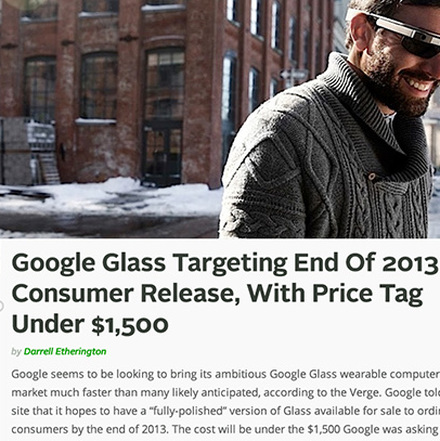




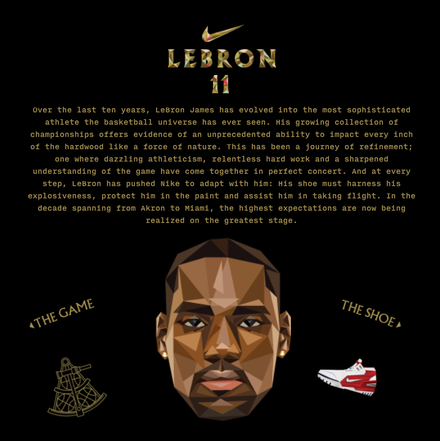
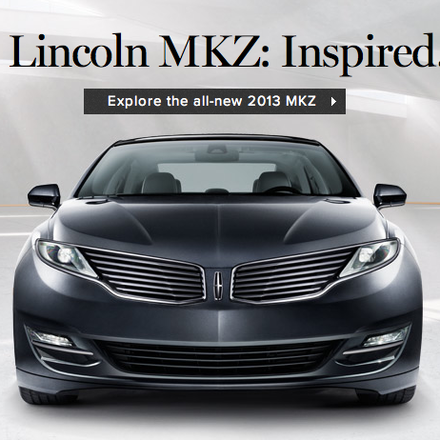
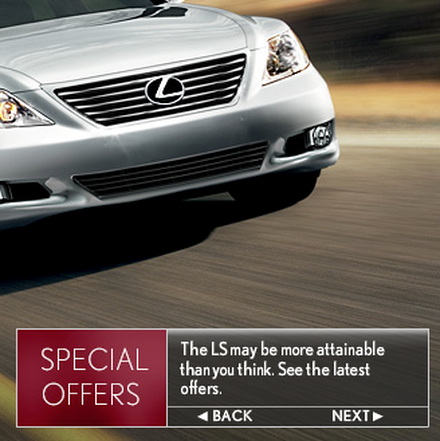
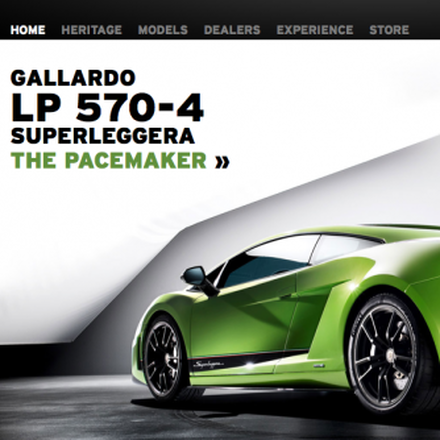
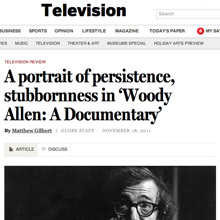
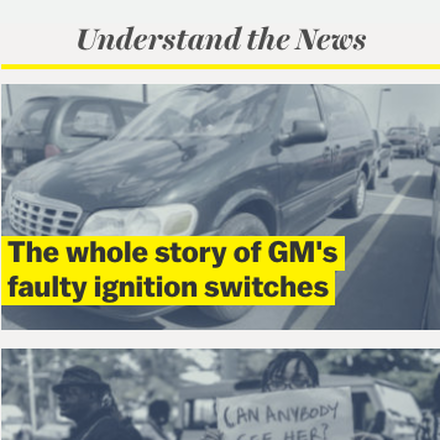
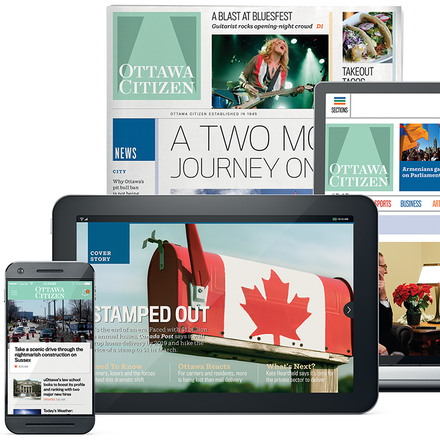


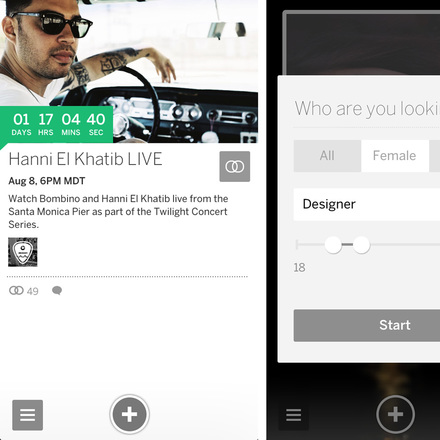


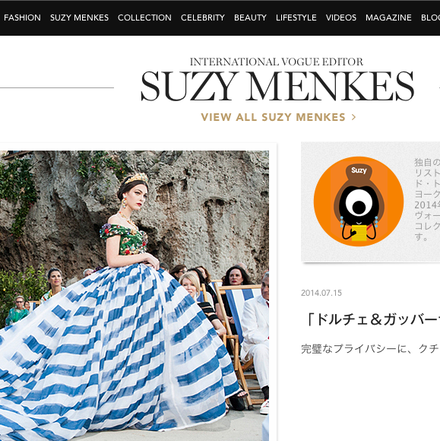
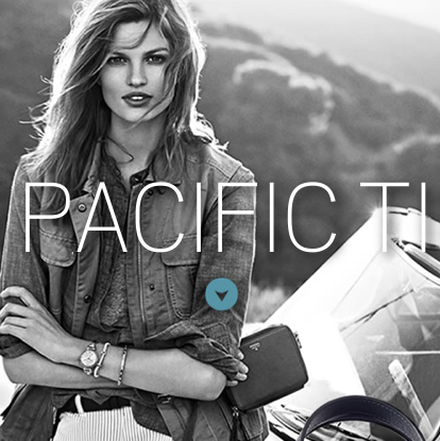

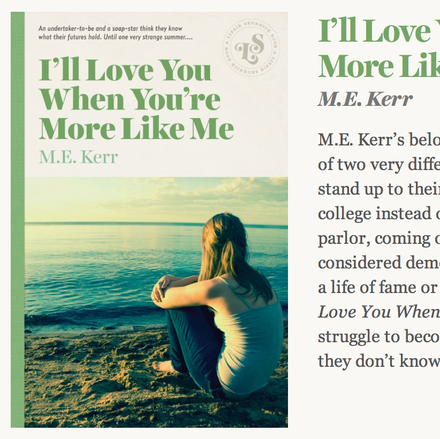

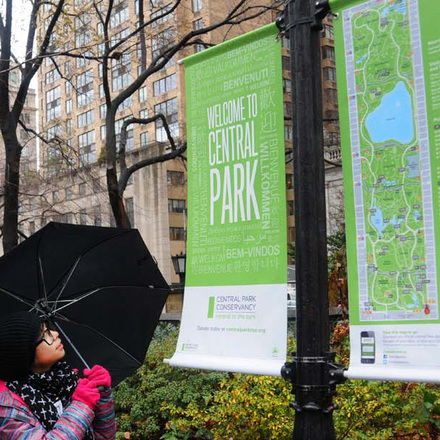
 Since the advent of digital type, there have been many attempts to revive faces from the ATF library, but many are feeble shadows of the originals. Backed by the expertise of designers like Mark van Bronkhorst, Alan Dague-Greene, David Sudweeks, and Ben Kiel, the
Since the advent of digital type, there have been many attempts to revive faces from the ATF library, but many are feeble shadows of the originals. Backed by the expertise of designers like Mark van Bronkhorst, Alan Dague-Greene, David Sudweeks, and Ben Kiel, the 







